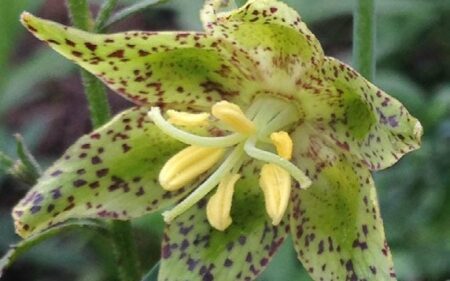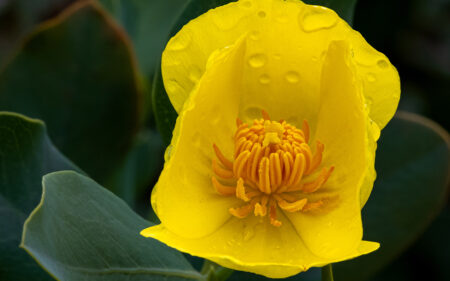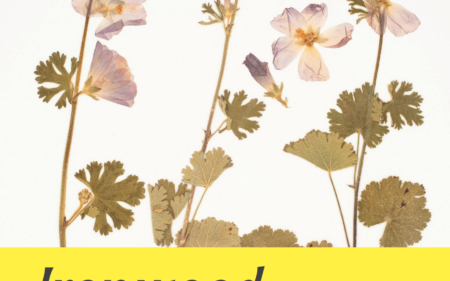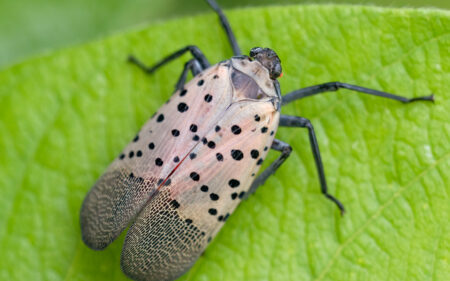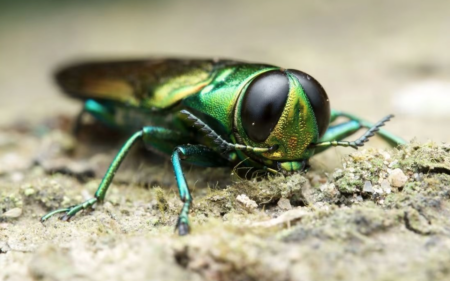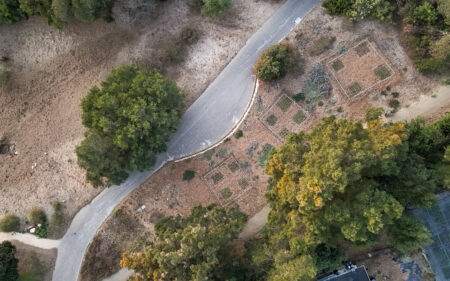¿Puede una planta de floración temprana ayudar a la monarca occidental?
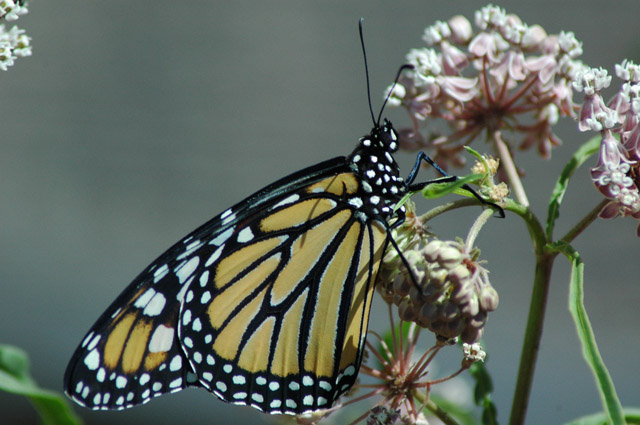
La población occidental de la mariposa monarca(Danaus plexippus) corre un riesgo cada vez mayor de extinción local, tras haber disminuido un 99% su tamaño poblacional en los últimos 20 años. Aún no está claro si su declive es consecuencia del aumento de la exposición a pesticidas, del cambio climático o de la pérdida de hábitats importantes.
Únicas en nuestra parte del mundo, las monarcas occidentales tienen un ciclo vital extraordinario. En otoño, las monarcas adultas llegan a las arboledas de la costa de California, donde se agrupan para conservar energía, descansar e invernar. Cuando llega la primavera (de febrero a mayo), las monarcas se aparean y salen de las arboledas donde han pasado el invierno en busca de algodoncillo(Asclepias spp.) en el que depositar sus huevos. Es esencial que haya plantas de algodoncillo durante este periodo crítico de principios de primavera. Una vez que la primera generación ha madurado, varias generaciones de monarcas migrarán lentamente hacia el norte, en dirección a Oregón, Washington y Canadá. Cuando llegue el otoño, las monarcas adultas emprenderán el largo y milagroso vuelo de regreso a los bosques de la costa de California, donde se repetirá el ciclo.
El estudio del algodoncillo autóctono
Debido al crecimiento exponencial de las poblaciones de monarca a lo largo de un año, la primera nidada de mariposas a principios de primavera determina el éxito de la reproducción de la monarca durante todo el año. Alrededor de Santa Bárbara, sólo unas pocas especies de algodoncillo comienzan a crecer durante el período crítico de reproducción a principios de primavera. Entre ellas se encuentran el algodoncillo de California(A. californica), el algodoncillo lanudo(A. eriocarpa), el algodoncillo del desierto(A. erosa) y el algodoncillo lanudo(A. vestita). Sin embargo, la distribución y abundancia de estas importantes plantas no son bien conocidas.
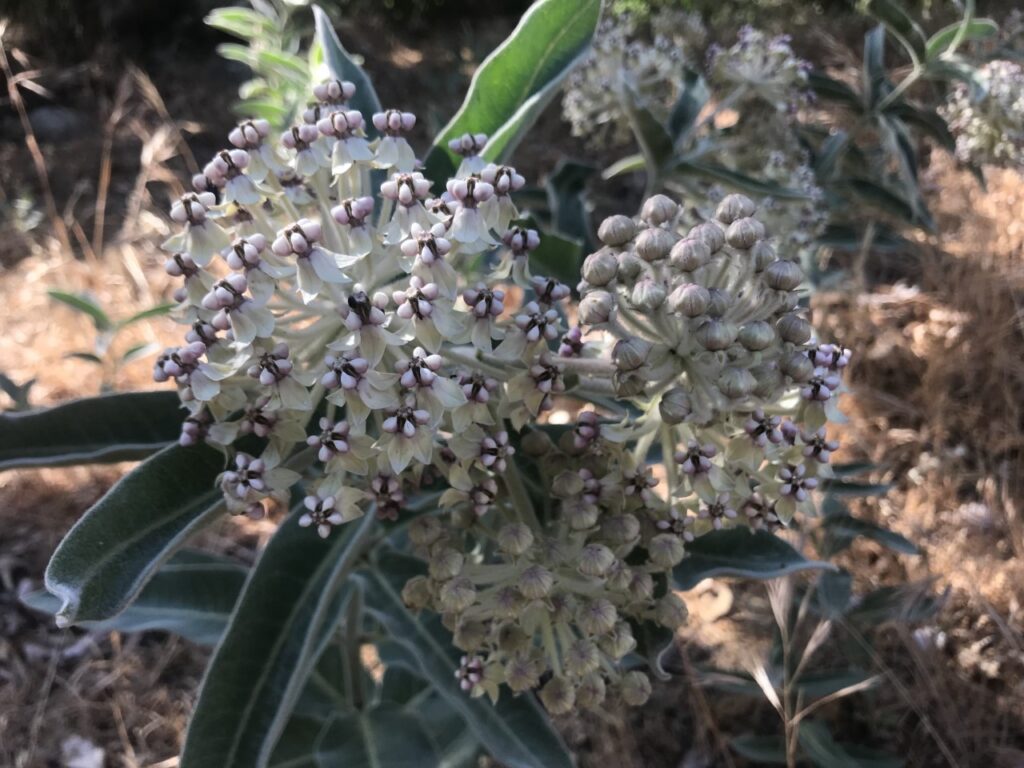
Como parte de un proyecto mucho más amplio para conservar la monarca occidental, el Jardín Botánico de Santa Bárbara está colaborando con el Servicio de Pesca y Vida Silvestre de EE.UU., la Universidad de California en Davis, la Universidad Estatal de Washington, la California Central Coast Joint Venture y otras entidades para dedicar los próximos dos años a recopilar información importante sobre la salud de las poblaciones de algodoncillo de principios de temporada aquí, en el sur de California. Durante nuestros estudios, trazaremos un mapa de la distribución de las poblaciones de algodoncillo en el Bosque Nacional de Los Padres (LPNF), recogeremos material de siembra esencial para futuros esfuerzos de restauración y tomaremos muestras de hojas para medir la exposición de las mariposas a los pesticidas. Además de proporcionar información sobre la distribución y abundancia del hábitat de reproducción temprana de las monarcas occidentales, nuestros estudios también informarán sobre la gestión y protección del hábitat de reproducción temprana por parte de LPNF.
Cómo ayudar
Si quieres ayudar a las poblaciones de monarcas a principios de temporada, puedes plantar algodoncillo nativo y plantas nectaríferas, pero dependiendo de dónde vivas, las recomendaciones varían. Dado que el algodoncillo no se da históricamente a lo largo de la costa, su presencia puede confundir a las monarcas hibernantes para que se reproduzcan en la época del año equivocada. Los expertos recomiendan que, si vive a menos de 8 kilómetros de la costa, evite plantar algodoncillo y se centre en plantar plantas con néctar para las mariposas adultas. Si vive en el interior, puede plantar algodoncillo autóctono como hábitat de cría, así como plantas de néctar para alimentar a las mariposas adultas. Las especies autóctonas Ceanothus, Encelia, Eriogonum, Eschscholzia, Hazardia, Helianthus, Horkelia, Isocoma, Lasthenia y Verbena, entre otras, son buenas plantas nectaríferas. Viva donde viva, evite plantar el algodoncillo tropical (A. curassavica). El algodoncillo tropical, que no muere durante el invierno, proporciona un hábitat durante todo el año para el parásito Ophryocystis elecktroscirrha (OE), que puede afectar negativamente a las larvas de monarca.
 Donar
Donar